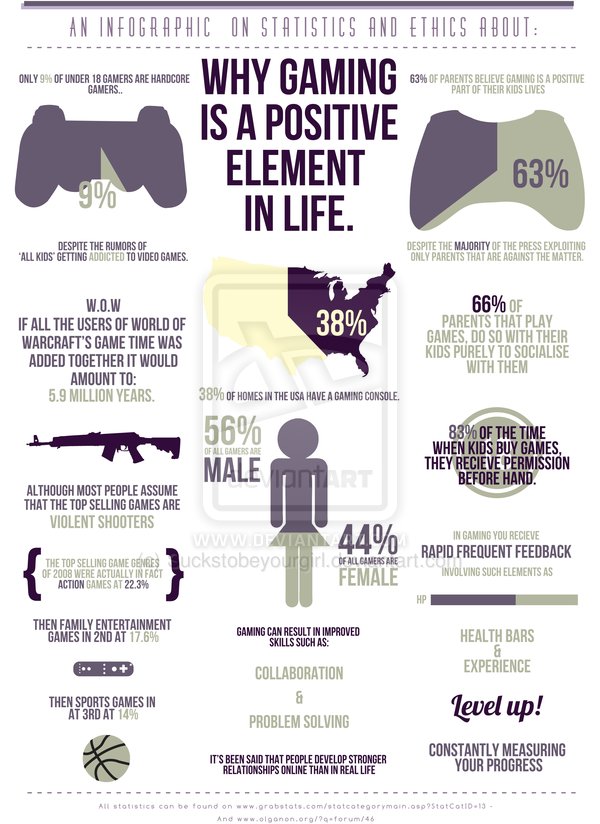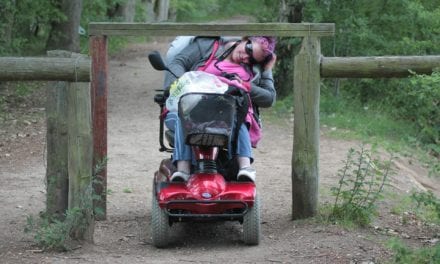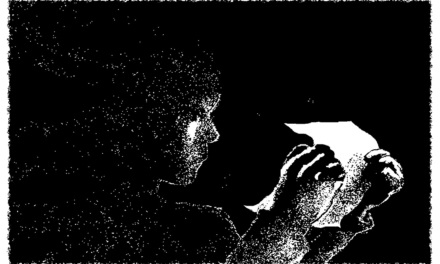Are you a gamer? Do you use games in your teaching, or wish you could? Tell us below or tweet @learnquebec
There is no denying that the students sitting in front of us need to be stimulated and engaged for true learning to occur. We want them to be excited as they crack open their textbooks to seek eureka moments in the pages. So what would it take to make this happen more often? Are there tools already out there that can help bridge the gap between what needs to be taught and what students want to learn? I’ve always been interested in the way that multi-facetted, three-dimensional interactive simulations get students directly involved in their own learning, games such as SIM City, Minecraft or World of Warcraft. Students playing these games are curious and engaged along a learning path of their own design. With the scaffolding provided by a skilled teacher, subject textbooks can serve as tools to gather knowledge to address an issue in the game rather than to teach static concepts organized according to someone else’s creativity. Simulations lead to meaningful research into the same concepts as in textbooks; students become their own teachers.
At LCEEQ’s most recent conference, held in Laval Qc, on February 9th, 2015, John Hattie presented his research from his well-known book Visible Learning for Teachers: “the biggest effects on student learning occur when teachers become learners of their own teaching, and when students become their own teachers”. (Hattie, 2012). Students control their own learning, and develop strategies for life such as “self-monitoring, self-evaluation, self-assessment, and self-teaching”. This research suggests that educators need to put students in varied learning environments, whereby they are stimulated to make informed and creative real-life decisions, learning for life.
Given our students’ ubiquitous exposure to 21st century tools, we now have access to online games that can stimulate students’active participation in the learning process. Again, Hattie’s research indicates that some of the highest influence on true learning is through self-assessment (is my city healthy?), on-going formative assessment (my citizens really like it when I lower taxes and make green spaces), constant feedback (my citizens need more commercial spaces to shop, it will make me richer too), and developing meta-cognitive strategies (The last time I built a park next to a factory my citizens revolted – let’s not do that again!).
Furthermore, psychologist Dr. Mark Griffiths’ research out of Nottingham Trent University supports Hattie’s, encouraging educators to seriously consider using video games to develop “individual characteristics such as self-esteem, self-concept, goal-setting and individual differences.” (Griffiths, 2002). Griffiths goes on to state that not all video games are beneficial to learning. Teachers need to to align the tool with their curriculum and gather resources to best inform student discovery. This way, they can optimize the potential of the simulations inherent to some games by encouraging students to engage in extraordinary collaborations and experiences. For example, using a game like SIM city (http://www.simcity.com) in social studies; students experience how to build and maintain a city of their own creation, while keeping the fine balance of making their city eco-friendly but still pushing economic growth. Engagement in such a simulation goes beyond academic learning and delves into cross-curricular competencies, skill development and personal development emulated in real-life scenarios.
Think about the “teamwork, persistence, empathy, willingness to fail, project management, critical thinking, risk and reward analysis and goal setting” that takes place within the student while in these rich environments. The classroom shifts the attention away from a single content generator, the textbook, to a student discovery classroom, where students have the freedom to collaborate, problem solve, hypothesize, reflect in a simulated real-world setting.
Not only can games provide important personal problem-solving strategies and insights, but can also develop literacy skills. Game studies theorist James Gee explains, all gaming experiences, be it cards, board games, tablet games, online games, are a series of problems the user must solve to win, “The human mind learns through well-designed experiences.” Gee wrote in a 2013 report entitled Good Video Games and Good Learning, “[it] finds patterns and associations across different experiences and—after lots of time, effort, and practice—generalizes these patterns and associations into the sorts of concepts, principles, and generalizations we humans capture in language.” (Castaneda & Sidhu, 2015) Thus, games can be seen as text, not unlike books, yet still harnessing the motivation and engagement that tend to follow game environments. The challenge for teachers is to harness the learning potential of video games by making sure students learn what they need to learn.
Stay tuned for my next post in this series, Beyond the Textbook, when I interview Shawn Young, science teacher and CEO of Class Craft, a free online role-playing simulation designed for the classroom, that involves teachers and students learning together.
Castaneda, L., & Sidhu, M. (2015, February 18). Beyond Programming: The Power of Making Games — THE Journal. Retrieved February 24, 2015, from http://thejournal.com/Articles/2015/02/18/Beyond-Programming-The-Power-of-Making-Games.aspx?Page=1
Gee, J. P. What Video Games Have to Teach Us About Learning and Literacy. New York: Palgrave/Macmillan, 2003.
Griffiths, M.D. (2002). The educational benefits of videogames Education and Health, 20, 47-51.
Hattie, J. (2012). Visible learning for teachers: Maximizing impact on learning. London: Routledge.







